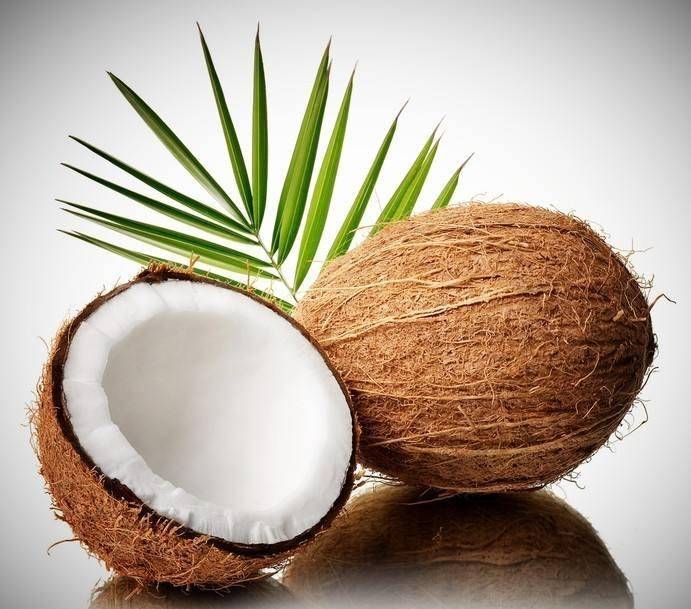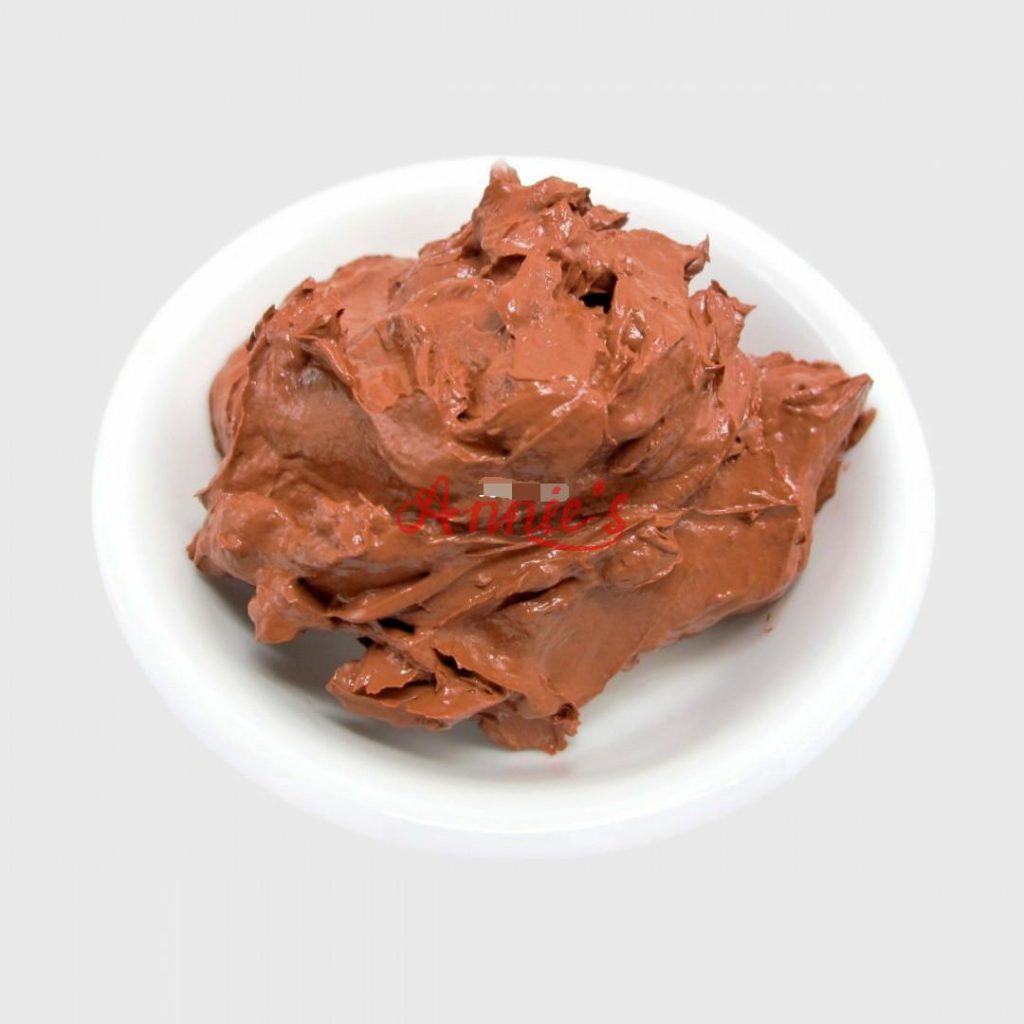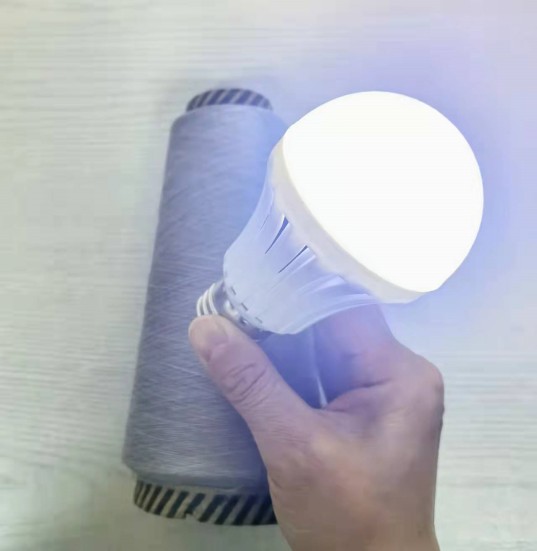The fiber of coconut shells can be extracted by soaking, beating, removing impurities, and drying. Activated carbon can be produced from coconut shells at 1200 C. After grinding by nanotechnology, coconut charcoal nanopowders can be made by mixing with polyester or viscose. Finally, coconut charcoal fibers can be made. Coconut charcoal fiber has become a new family member of environmental protection and healthcare fibers.

Why do We need it?
Coconut charcoal fibers are rich in various minerals. They have the effects of activating cells, deodorizing, releasing far infrared rays, moisture absorption, and providing negative ions and drying, giving people a warm and comfortable feeling.
How it works?
The molecular structure of coconut charcoal is hexagonal, with compact charcoal, high density, and many pores. The microporous area of coconut charcoal is more than four times that of bamboo charcoal. Coconut charcoal fiber has a super adsorption function and a better deodorization function. Coconut charcoal is rich in minerals, besides carbon, it also contains potassium, magnesium, calcium, aluminum, zirconium, manganese, and other minerals. The coconut charcoal calcined at 1200 C also has the function of emitting far-infrared rays of 4-14 microns. In addition, its carbon particles can absorb moisture, prevent mildew, and inhibit microbial reproduction.




